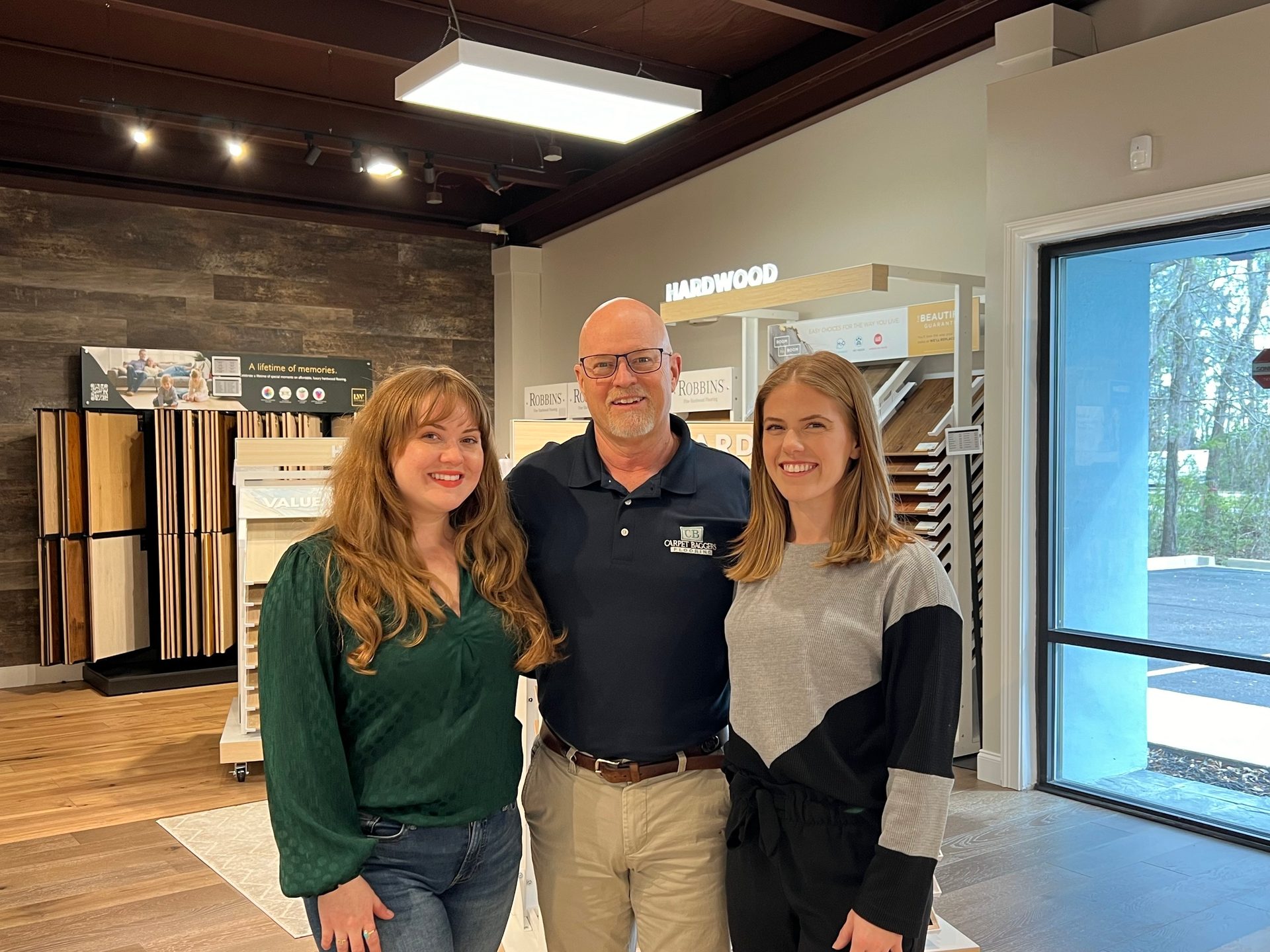Editor's Letter
By Tanja Kern
Associate Publisher & Editorial Director
A Sneak Peek at the ICE House, a Study in Multigenerational Living
Interior designer Jennifer Farrell unveiled the concept for the Interconnected Changeable Environments (ICE) House, the adapted home of the future, at TISE 2024. Photo: FLOOR Trends & Installation.
At The International Surface Event (TISE) in Las Vegas, our team had the opportunity to learn first-hand about a new concept of generational building and living. The Interconnected Changeable Environments (ICE) House is a vision of the adapted home of the future.
The brainchild of interior designer and television host Jennifer Farrell, the project will be constructed in the Santa Monica mountains of California and will take 18-24 months to complete. The build will reflect the vision of a versatile residential build space that adjusts to the needs of a family over time.
The concept is the second show home Farrell has coordinated in conjunction with Surfaces. The project will showcase three distinct residential structures—Indy House, Center House and Extension House—that change shape and use over time. Here is an example of how one of the structures, Indy House, could potentially transform over a generation:
Indy House
Year One: The first-time homeowner enjoys Indy House as detached, one-bedroom rental home offsetting the cost of financing a new property.
Year 10: Single no more, the homeowner is now one half of a couple. Indy House becomes a home office with a break kitchen, which is connected to Center house by a covered breezeway.
Year 20: With a new baby expanding the homeowner’s growing family, Indy House becomes a nanny’s suite
Year 30:The kids have outgrown their need for a nanny, and Indy House transforms in an attached suite for visiting guests.
Year 40: With children grown and living on their own, Indy House becomes a two-room office again, for the last chapter of work life for the homeowners.
Year 50: Retirement affords homeowners free time to pursue passions, and Indy House morphs into an art studio.
Year 60: Our homeowners have entered their golden years, and Indy House makes the perfect caregiver’s home—detached from the main house but easy to access with a brief walk across the covered breezeway.
Multigenerational living is on the rise in the United States, with the number of people living in such households quadrupling since the 1970s.
Bucking the time-honored tradition of “flying the nest,” 68% of young Gen Z adults are choosing familial confines as opposed to independent living, according to RentCafe. Their research shows that 20% of millennials and 68% of Gen Z individuals still live with other family members.
Financial reasons are a major driver, with adult children struggling with affordability and older adults seeking help with expenses or caregiving. The pandemic also played a role, pushing families to live together for economic or social reasons. Certain cultural groups, like Hispanic and Asian families, are more likely to embrace multigenerational living.
When it comes to the largest shares of multigenerational households, West Coast metros dominate. Out of approximately three million Millennials in Los Angeles, 35% live with family members. For Zoomers, it's 81% out of roughly 1.3 million. Here, the high cost of living in the metro area — which is 51% above the national average — explains why many young adults are finding it difficult to leave this living arrangement.
These societal changes continue to encourage more research and experimentation in home design, and ICE House is one example. We look forward to seeing what materials for surfaces will be selected and why.
APRIL 2024 FLOORTRENDSMAG.COM


